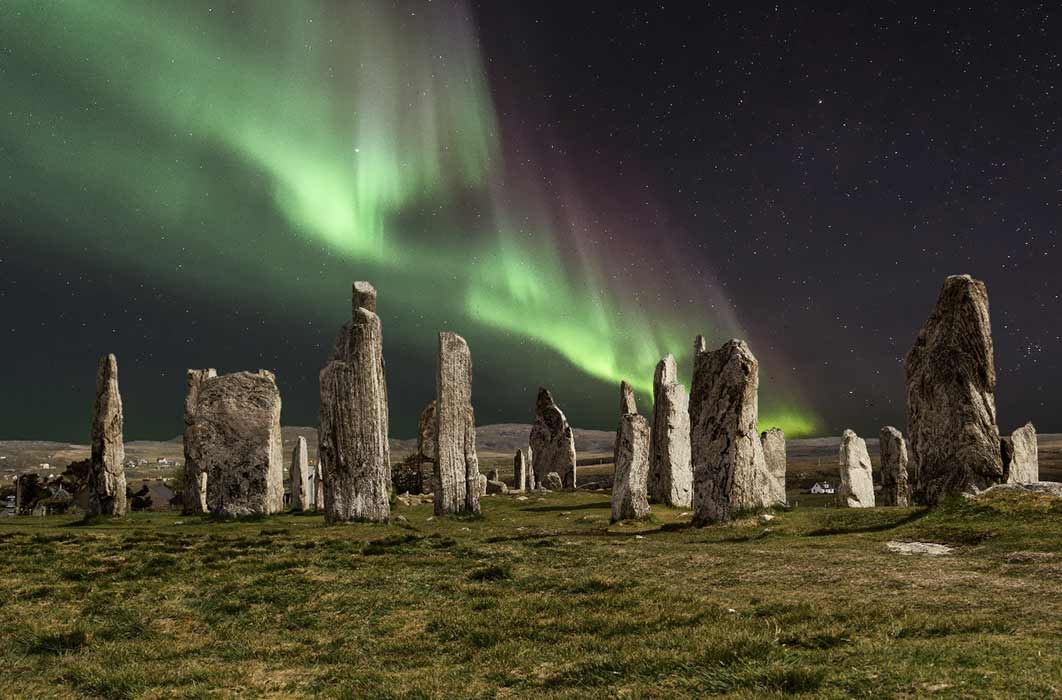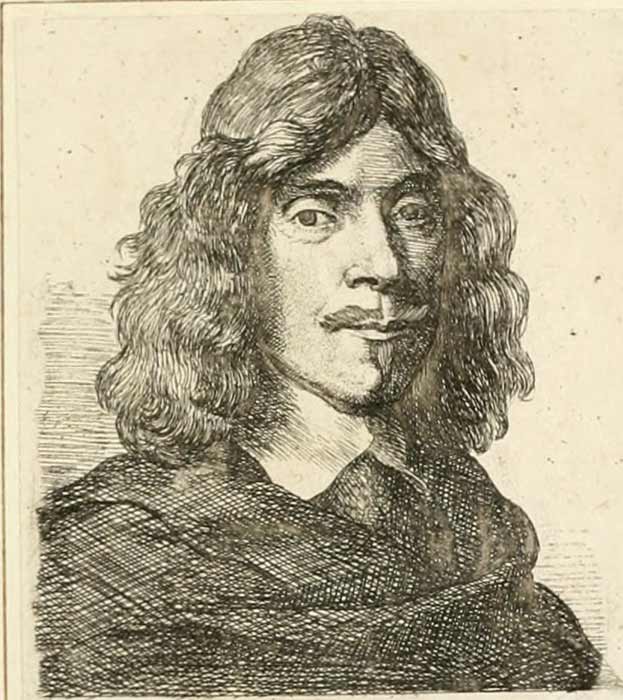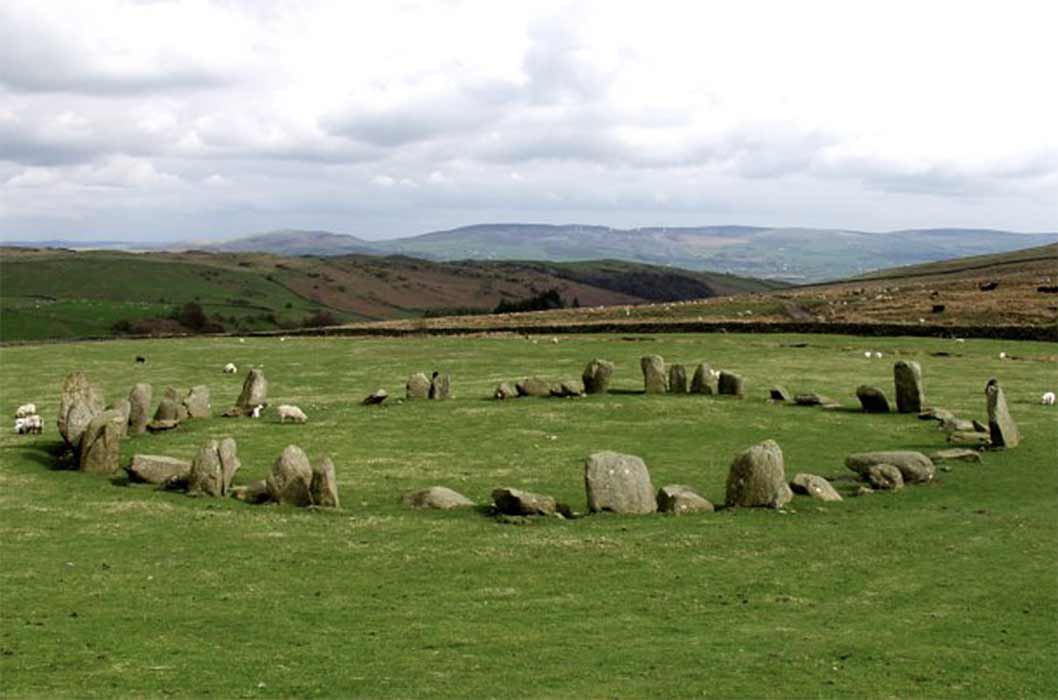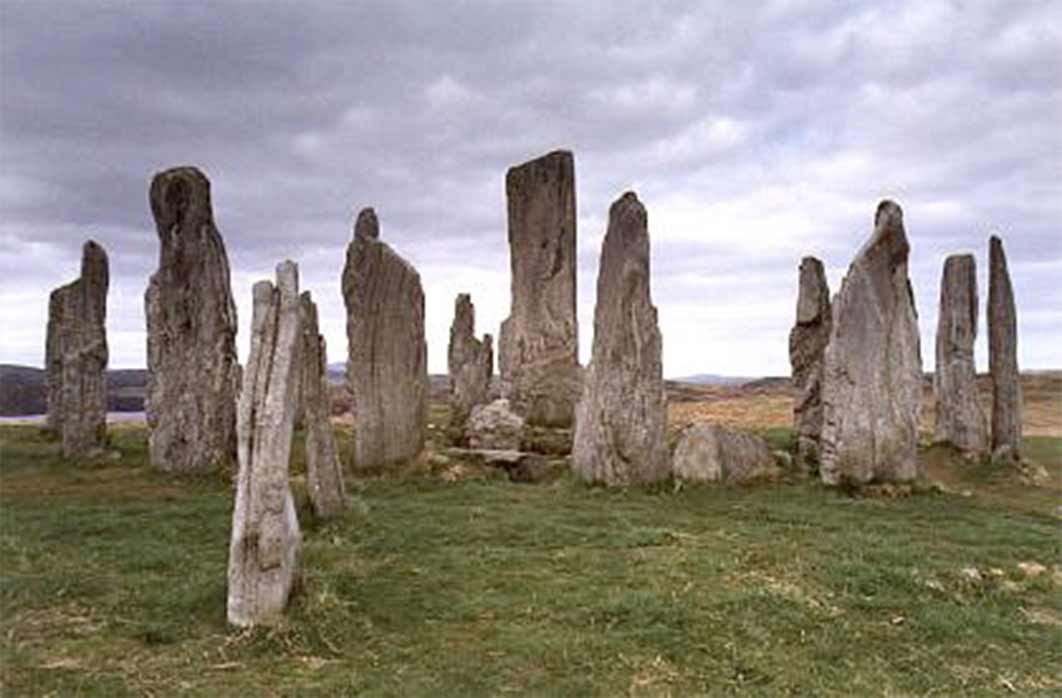
The Great British Archaeoastronomical Megalithic Structure Myth
In 1637 AD, John Greaves, the English mathematician, astronomer, antiquarian and professor of geometry at Gresham College in London, England, measured and studied famous ancient monuments in Italy and Egypt including the Great Pyramid. This pre-archaeological investigation project sparked great interest in ancient metrology and the alignments and orientations of ancient cultures, and this new line of research would later be expanded by Isaac Newton and the French Academy.

John Greaves (1602 –1652) was an English mathematician, astronomer and antiquarian. (1650) (Public Domain)
From these early quests in search of important prime measurements and alignments embedded in the structures of ancient monuments, came the modern science of archaeoastronomy, which looks for astronomical significance in megalithic stone sites and medieval architecture. Over the last three decades archaeoastronomy, which connects ancient sites with astronomy, has convinced the general public with a passing interest in archaeology and history that ‘all’ ancient monuments were oriented according to occurrences in the sky. However, something else influenced the ancient engineers, something much more down to earth.
Are All Circles On The Land Aligned With The Sky?
It is commonly written that Neolithic (4000-2500 BC) people in Britain spent a lot of time attempting to record the apparent movement of the sun, moon and stars, and that they erected huge stone monuments enshrining this astronomical knowledge. This is of little wonder with more than 1,300 stone circles in Britain, Ireland, and Brittany, and while the original purpose of these monuments is still cloaked in mystery, most archaeologists agree that they were used for astro-religious rituals. This theory results from the modern study of archaeoastronomy, the modern scientific discipline that proposes connections between crumbling stone circles, stone rows, burial monuments and the constellations.

For archaeologist Aubrey Burl, the Swinside stone circle in England’s Lake District, is ‘the loveliest of all the circles in north-western Europe’. (CC BY-SA 2.5)
Archaeoastronomy, as a scientific discipline, was born after the English scientist and astronomer, Sir Joseph Norman Lockyer, teamed up with the French scientist Pierre Janssen in the late 19th century. The former was the founder and first editor of the influential journal Nature and he also helped the latter to discover helium gas, however, Lockyer is perhaps most famous for his work at Stonehenge where he derived several underlying astronomical alignments. According to The Scottish Archaeological Research Framework (SCRAF), ‘Lockyer sought to extend his astronomical observations to the avenues and circles of Calanais, Isle of Lewis, and the recumbent stone circles’.
Lockyer conceived the idea that Neolithic monuments were built according to specific astronomical alignments with various celestial bodies, and that these alignments might be reverse engineered to reveal the building dates of monuments. Using this system, in his 1909 book Stonehenge and Other Stone Monuments Astronomically Considered, Lockyer correctly suggested that the stone circles in Aberdeen on the east coast of Scotland were ‘more than a thousand years younger than those of Cornwall and the West coast.’ After this, Lockyer’s work at Calanais / Callanish on the Scottish west coast island of Lewis led to his observation that the main stone avenue aligned to true north, and that the site was built upon a matrix of lunar alignments. However, Lockyer was not the first to notice the meridional north to south alignment within the structure of this remote island monument.





